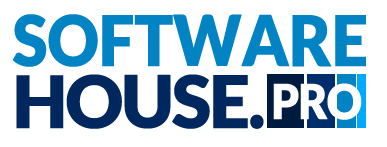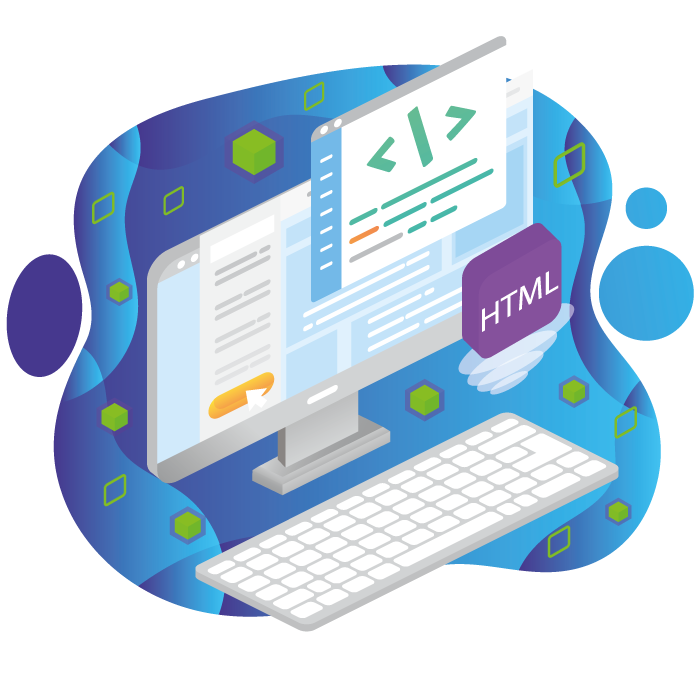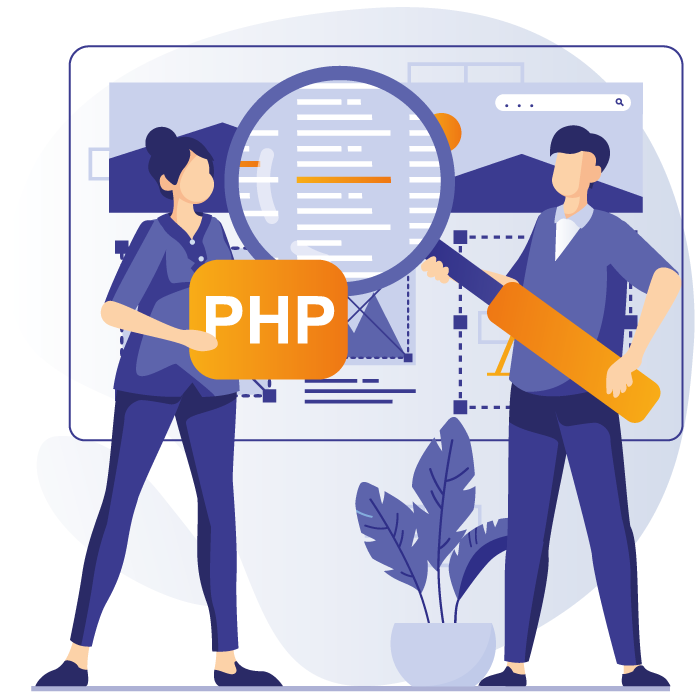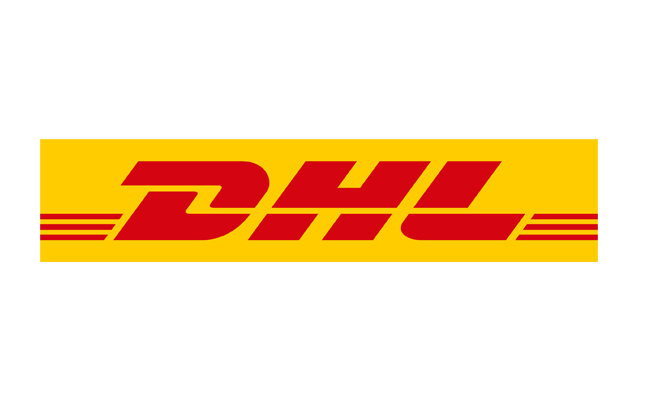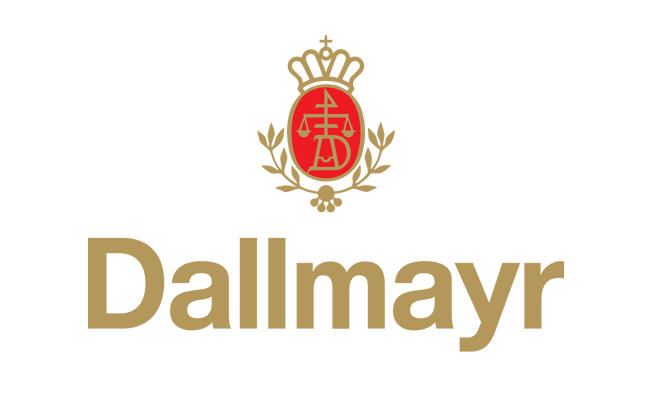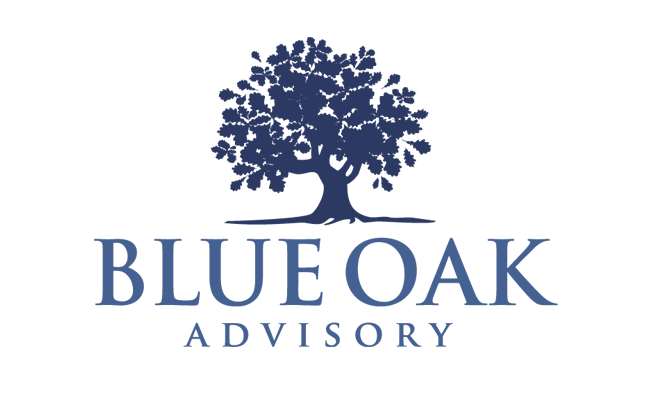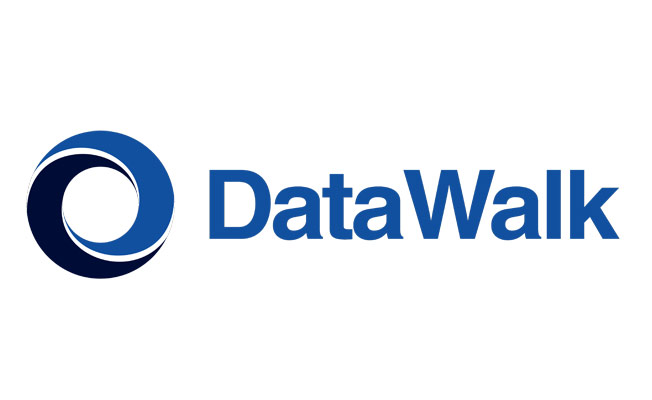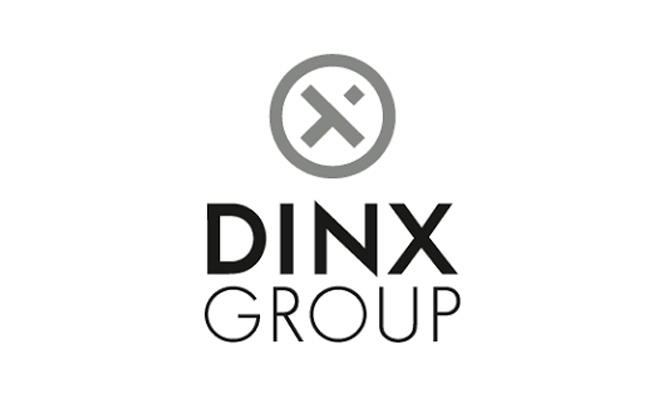Understanding Your Needs is a crucial step in the web portal development process.
It involves gathering and analyzing information about the project's goals, target audience, and functional requirements. At SoftwareHouse.Pro, we know that every project is unique and requires a tailored approach. Therefore, we start by listening carefully to our clients and asking the right questions to understand their specific needs and expectations.
During this phase, we also conduct a thorough analysis of the competition and industry trends to identify opportunities and ensure that our solution is in line with the market demand. Our team of experienced analysts and business strategists works closely with the client to define project scope, budget, and timeline.
Our main goal in this phase is to develop a comprehensive understanding of the client's business and user needs, which will inform the design and development of the web portal. By investing time in this crucial step, we ensure that the final product is not only visually appealing but also highly functional and aligned with the client's objectives.
In summary, Understanding Your Needs is a crucial step in the web portal development process that sets the foundation for the project's success. At SoftwareHouse.Pro, we take this phase very seriously and invest time and resources to ensure that we have a thorough understanding of our client's needs and objectives.
Creating a design plan is an essential step in the web portal development process.
It involves defining the goals and objectives of the project, identifying the target audience, and outlining the features and functionalities that the portal will offer. This plan serves as a roadmap for the entire project and guides the development team in creating a cohesive and effective portal.
The first step in creating a design plan is to define the project's goals and objectives. This involves identifying the purpose of the portal, such as providing information, promoting a product or service, or facilitating online transactions. Once the goals are defined, the team can start to outline the features and functionalities that the portal will offer to meet those goals.
Identifying the target audience is another critical aspect of creating a design plan. Understanding who will be using the portal and what their needs and preferences are is essential in designing an interface that is user-friendly and effective. The design plan should consider the demographics of the target audience, such as age, gender, education, and profession, to ensure that the portal is tailored to their needs.
The design plan should also outline the visual and functional elements of the portal, such as the layout, color scheme, typography, navigation, and functionality. The team should ensure that the portal's design is consistent with the brand's identity and that it is visually appealing and easy to navigate.
Development is a crucial step in the web portal development process.
Once the design plan is in place, it's time to start building the portal. This involves creating the website structure, developing the backend functionalities, and integrating third-party tools, such as payment gateways, social media widgets, or analytics software.
During the development phase, our team of experienced developers work closely with the designers to ensure that the website is not only visually appealing but also functional and user-friendly. The coding process is carefully managed to ensure that the website loads quickly, works well on different devices, and meets all necessary security standards.
At SoftwareHouse.Pro, we use the latest web development technologies, including HTML5, CSS3, and JavaScript, to create fast, responsive, and dynamic web portals that provide an excellent user experience. Our developers also follow best practices for coding and testing to ensure the web portal is scalable, robust, and maintainable in the long run.
We understand that every web portal is unique, and our development approach is tailored to meet your specific business needs. We work closely with you throughout the development process to ensure that the website reflects your brand's personality, goals, and values.
Testing and refinement is a crucial part of the web portal development process.
It is important to test the web portal thoroughly to ensure that it is functioning as intended and meets the user's needs. During the testing phase, our team at SoftwareHouse.Pro conducts various types of testing such as functional, usability, performance, and security testing.
Functional testing involves testing each component of the web portal to ensure that it performs as intended. Usability testing is conducted to test how user-friendly the web portal is. This involves testing the navigation, user interface, and other aspects of the portal that impact the user experience. Performance testing is conducted to test how well the web portal performs under different conditions, such as high traffic loads. Security testing is conducted to identify potential vulnerabilities and ensure that the portal is secure from external threats.
Once the testing is complete, our team identifies any issues or bugs that need to be addressed. We then make the necessary refinements to the portal to ensure that it is functioning properly and meeting the user's needs. This includes fixing any bugs, optimizing performance, and making any necessary changes to improve the user experience.
Our testing and refinement process ensures that the web portal is of high quality and delivers an exceptional user experience. We take pride in delivering web portals that are reliable, secure, and easy to use, and our rigorous testing and refinement process is a key part of achieving this goal.
Delivering Results is the final stage of the Web Portal Development process, where the final product is delivered to the client.
It is an essential phase as it determines the success of the project. In this phase, the product is tested for usability, functionality, and performance. Once the product passes all the tests and meets the client's requirements, it is ready for launch.
Before launching the product, it is essential to train the client's team in using the portal. The team must understand the portal's functionality, its features, and how to maintain it. Training ensures that the client's team can handle the portal and address any issues that may arise after its launch.
After the training is completed, the product is launched. Launching the portal is the most critical part of delivering results. It requires a well-planned and executed launch strategy that considers factors such as the target audience, marketing, and publicity. A successful launch is essential for the portal's adoption and growth.
Once the portal is launched, it is necessary to track its performance and gather feedback from users. Monitoring the portal's performance helps identify any issues that may arise and fix them promptly. Feedback from users is crucial as it helps to improve the portal's user experience and identify new features that could be added in future updates.
